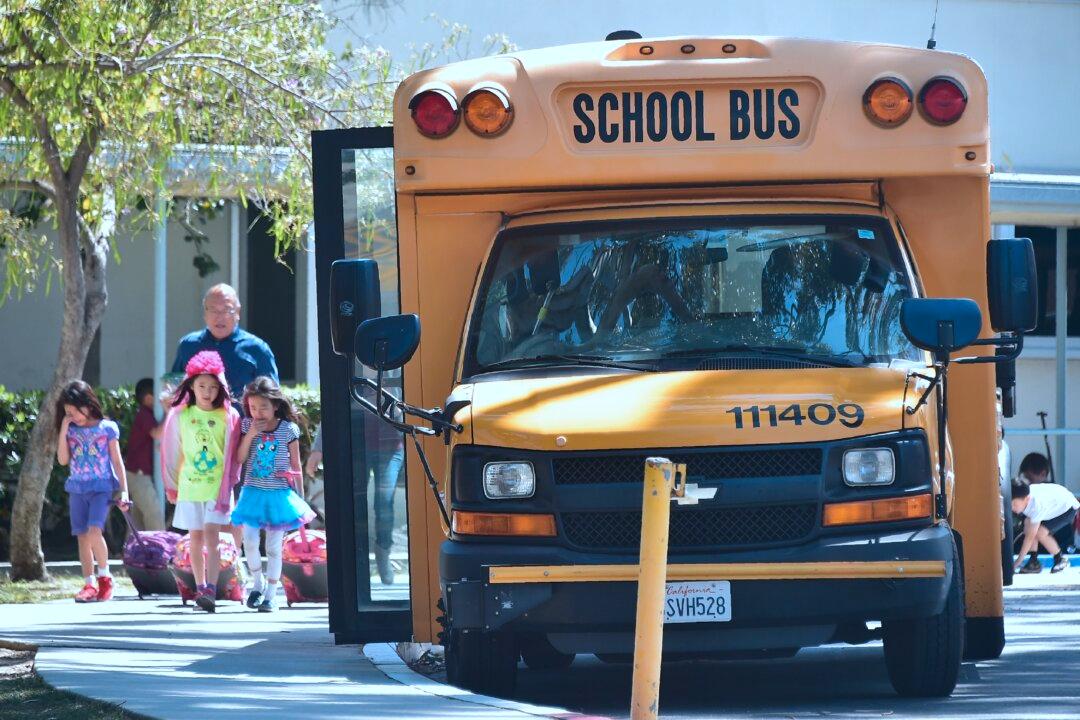Commentary
Orange County, California has 28 school districts, and they all share the fiscal year end of June 30. The timely release of their annual financial statements is usually before the end of the year. However, only 22 of them had their auditors field work completed before Dec. 31, 2022.





